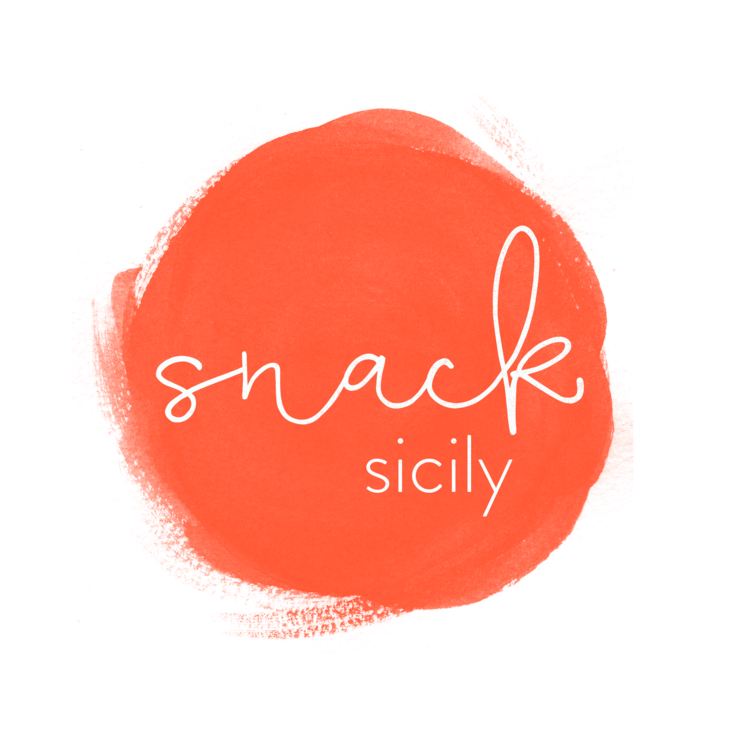Palermo is famous for its street food culture. There are the crowd-pleasers like panelle chickpea fritters, fluffy sfincione, and arancine rice balls. But, only the bravest know about Palermo’s more hardcore street food. With this new series, we will introduce you to some of our favorites from the more extreme echelon.
Southern Italy, famous for “cucina povera,” a way of making due with what little you have. Now a days, these recipes are a great way to use leftover ingredients in order to create a new dish the next day or to eat well with only a few simple and affordable ingredients. With Sicily’s history of aristocratic noble families on the island, there were luscious French-inspired dishes but there are also these more common countryside dishes that were made with what was available when the best ingredients were too expensive or already given to the landowners. Eating well does not mean you have to spend a lot of money. Which leads us to the topic at hand: stigghiole.
The name stigghiole comes from the Latin word “extilia” meaning intestines, but this dish actually has Greek origins here in Sicily. Stigghiole are made with lamb, veal, or sometimes goat intestines that have been wrapped around green spring onion and a few sprigs of fresh parsley. Some versions of stigghiole wrap a small amount of meat in intestine fat first and others use no meat at all, filling them with chopped white onion, long parsley sprigs, and a sprinkle of grated pecorino cheese before coiling the outside with sausage casings. It almost looks like a sausage and really, when you think about it, it is practically the same ingredients as a sausage. The sausage casings need to be soaked in salt water and rinsed over and over again until they are cleaned properly before using. The perfect balance of fat, salt, freshness from the parsley and a little kick of raw onion make it absolutely mouthwatering.
Throughout Sicily’s “entroterra” and center of the island, you’ll easily find stigghiole in butcher shops or served in the streets during festival celebrations. They are most common in the city of Palermo where we serve them grilled over charcoal or wood-burning barbecues throughout the city center at outdoor markets like Ballarò or Vucciria. It’s a dish that most people do not make themselves since you can buy them pre-made at the butcher shop. Most commonly here in Palermo, we just eat them on the go as a street food snack with lots of lemon squeezed on top.
In Vallelunga Pratameno, a small village in central Sicily, we learned how to make stigghiole with the town butcher. In his shop, they use chopped onions, parsley, and some grated pecorino cheese. The lacy thin pieces of caul fat helped hold it together in this case because the onions were chopped into small pieces. It ends up melting away on the grill but keeps the stigghiole juicer.
In Palermo, the vendors grilling stigghiole are called “stigghiularu.” They grill stigghiole over charcoal fires then slice into bite-sized pieces finished with a squeeze of lemon juice. We absolutely love this dish and know the smell right away when we walk through the market or wander through the streets near la Vucciria after a few beers on a Friday night. The stigghiularu send up their smoke signal to make sure everyone knows where they are. With just a little piece of fat on the grill, the piazza fills with a cloud of delicious smelling smoke and it’s easy to find our beloved stigghiole. Just follow the smoke, and you’ll know what we mean.
Where to find stigghiole in Palermo:
Piazza Caracciolo also known as the old Vucciria market behind Piazza San Domenico
From Monday to Saturdays, you can find them In the Ballarò market
Written for Palermo Street Food: FEBRUARY 18, 2019



